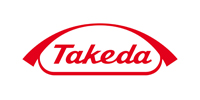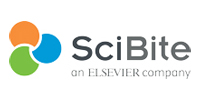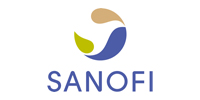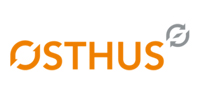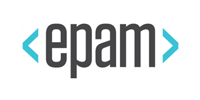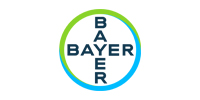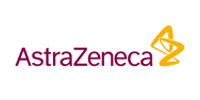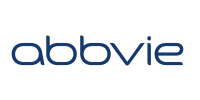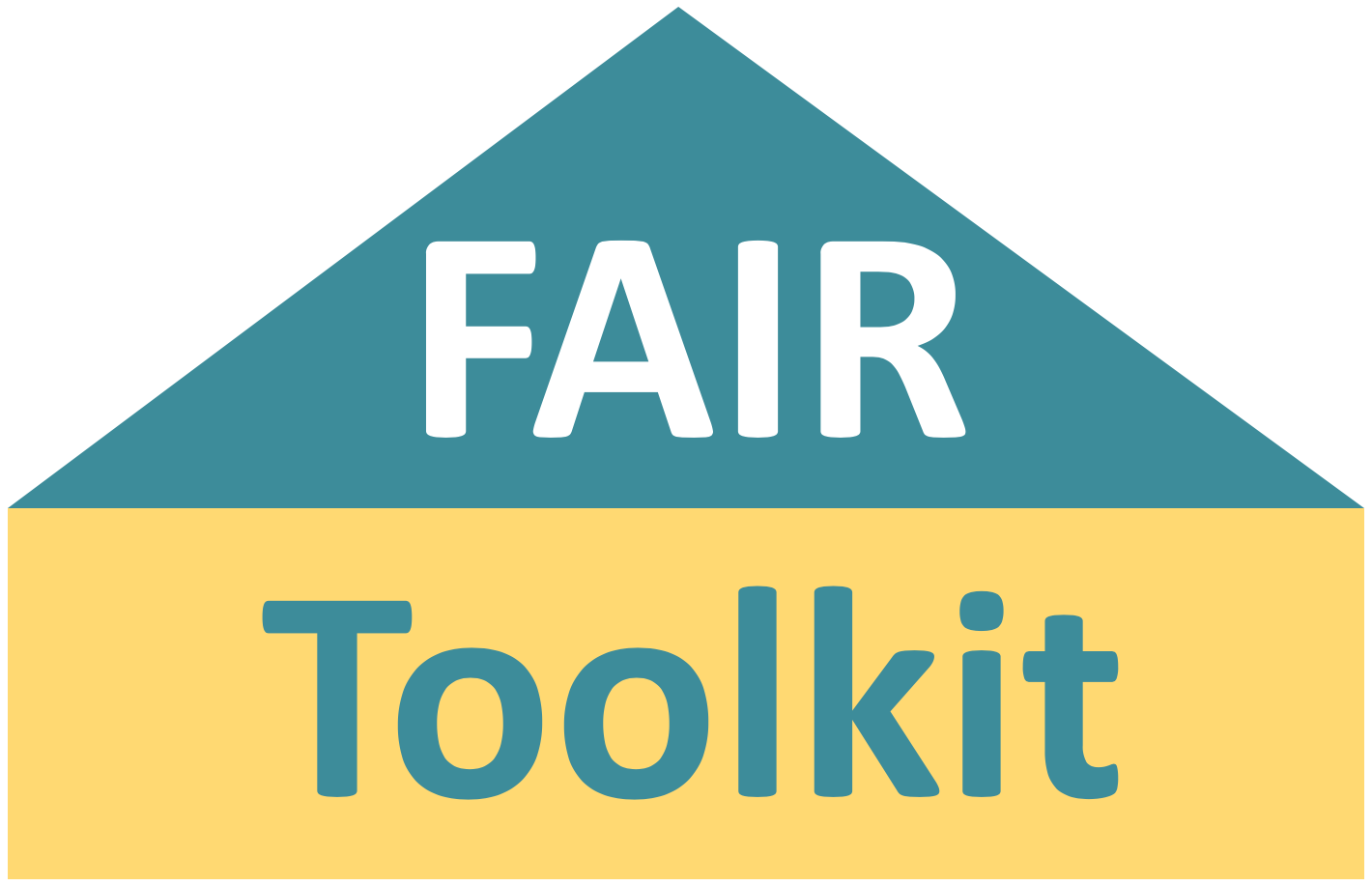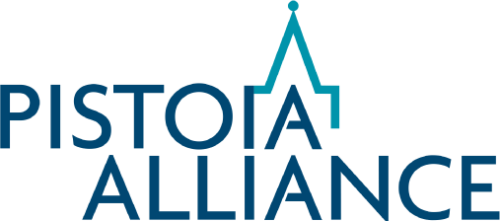WHAT IS IN THE FAIR TOOLKIT?
- Why FAIR data matters for Life Science industry
- Use cases to exemplify the benefits of FAIR implementation by Life Science industry
- How-to methods for FAIR tools, training and change management
- Tips for Life Science industry and links to relevant resources
WHO IS THE FAIR TOOLKIT FOR?
- Data Stewards
- Laboratory Scientists
- Business Analysts
- Science Managers
Elucidata tackles challenges in finding and reusing data through its curation app and custom curation of relevant data.
-
Reduced turnaround time; unlocked previously inaccessible datasets
-
Transformed target identification timeline in cancer immunotherapy
Find out more >
How to unlock the value of RNA sequencing (RNA-Seq) and microarray data from a public repository Gene Expression Omnibus (GEO)
- Using machine-learning assisted curation, guided by the FAIR principles
- Leverage ontologies and controlled vocabularies for annotation
Discover how Bayer empowers scientists by providing seamless access to Real-World Data (RWD) that supports their research inquiries using FAIR data products:
· Datasets are registered and discoverable in a FAIR data catalog
· We use a community standard to represent Terms of Use.
Find out more >Find out how the data stakeholders can prepare for the changes necessary to make data FAIR.
- Readiness for change provides the means to engage a wider group of staff throughout an organisation.
Find out how a generic workflow can be deployed by workshops or action team to make important datasets FAIR.
- FAIRification as a retroactive workflow is common at this time
- FAIRification by design (data “born” FAIR) is far more desirable for the future
Consider how the granularity and context of data and associated metadata to help to inform your FAIR objectives.
- Understand the granularity and context of the data as early as possible
CREATED BY LEADING LIFE SCIENCE ORGANISATIONS

